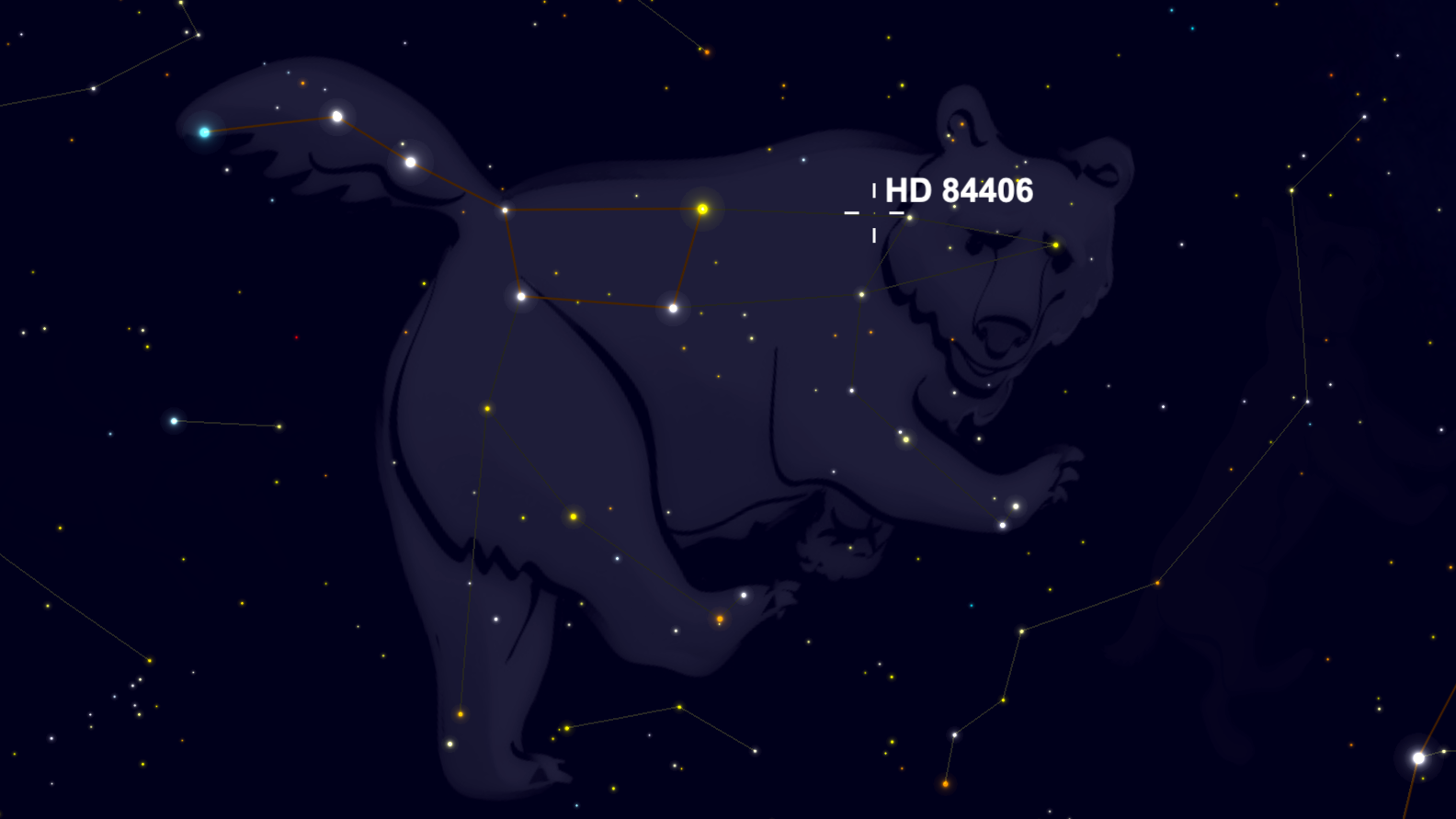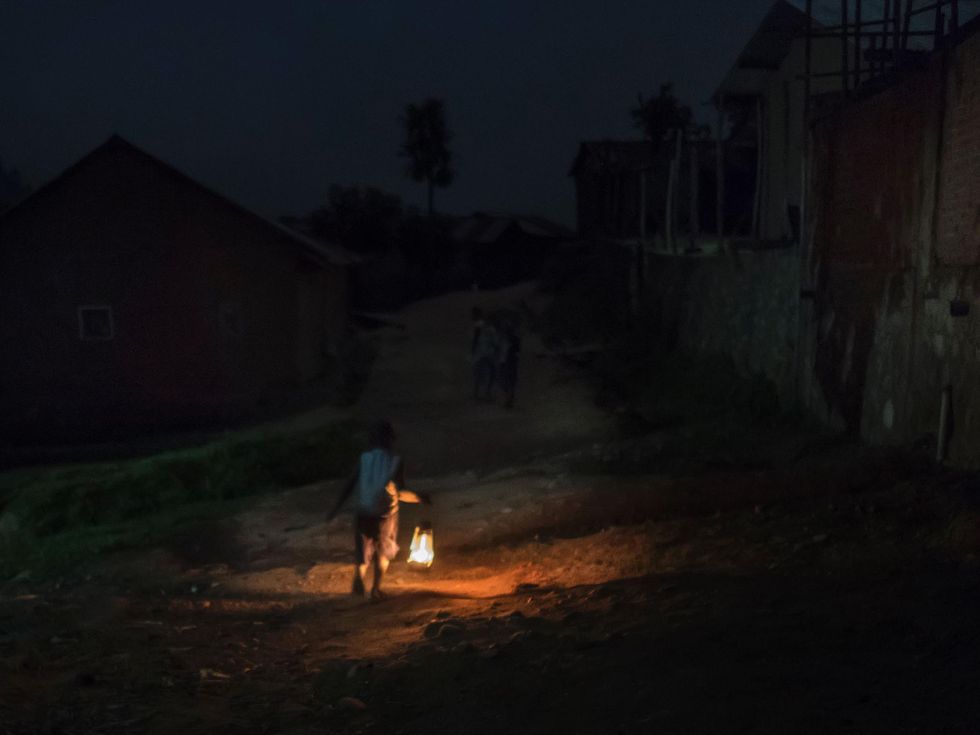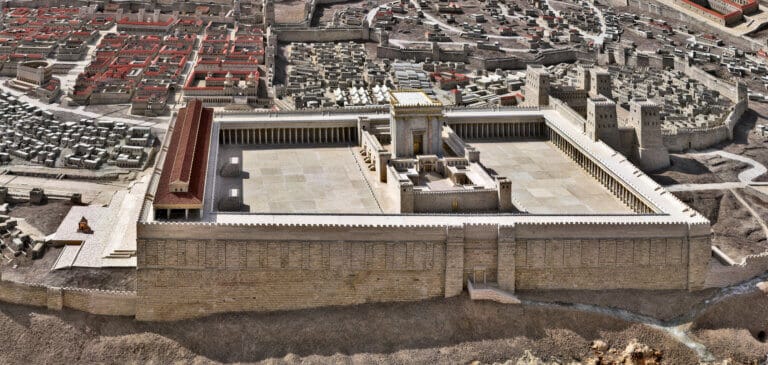There is a 1,000-light-year-wide void surrounding the Earth. This void consists of thousands of young stars. However, it remains elusive how these stars form.
By retracting the history of our galactic neighborhood, astronomers, for the first time, have shown how a chain of events beginning 14 million years ago led to the creation of a vast bubble, the source of the formation of all nearby, young stars.
For this study, the research team used 3D spacetime animation. It reveals that all young stars and star-forming regions — within 500 light-years of Earth — sit on the surface of a giant bubble known as the Local Bubble. Astronomers have long known about the presence of this bubble. Scientists can now see and understand the Local Bubble’s beginnings and its impact on the gas around it.
The animations show a series of supernovae that first went off 14 million years ago. These events ejected interstellar gas, creating a bubble-like structure with a surface that’s ripe for star formation.
Zucker said, “We’ve calculated that about 15 supernovae have gone off over millions of years to form the Local Bubble that we see today.”
“The oddly-shaped bubble is not dormant and continues to grow slowly.”
“It’s coasting along at about 4 miles per second. It has lost most of its oomph, though, and has pretty much plateaued in terms of speed.”

CREDITS:
ILLUSTRATION: CfA, Leah Hustak (STScI)
Using data obtained by Gaia, the team derived the rate at which the bubble is expanding and the past and present trajectories of the young stars forming on its surface.
Harvard professor and Center for Astrophysics astronomer Alyssa Goodman said, “This is an incredible detective story, driven by both data and theory. We can piece together the history of star formation around us using a wide variety of independent clues: supernova models, stellar motions, and exquisite new 3D maps of the material surrounding the Local Bubble.”
Co-author João Alves, a professor at the University of Vienna, said, “When the first supernovae that created the Local Bubble went off, our Sun was far away from the action. But about five million years ago, the Sun’s path through the galaxy took it right into the bubble, and now the Sun sits — just by luck — almost right in the bubble’s center.”
Co-author João Alves, a professor at the University of Vienna, said, “When the first supernovae that created the Local Bubble went off, our Sun was far away from the action. But about five million years ago, the Sun’s path through the galaxy took it right into the bubble, and now the Sun sits — just by luck — almost right in the bubble’s center.”
Goodman said, “Astronomers first theorized that superbubbles were pervasive in the Milky Way nearly 50 years ago. Now, we have proof — and what are the chances that we are right smack in the middle of one of these things? Statistically, it is very unlikely that the Sun would be centered in a giant bubble if such bubbles were rare in our Milky Way Galaxy.”
Goodman likens the discovery to a Milky Way that resembles very hole-y swiss cheese, where supernovae blast out holes in the cheese, and new stars can form in the cheese around the holes created by dying stars.
The team plans to map more interstellar bubbles to get a full 3D view of their locations, shapes, and sizes. This will allow astronomers to understand the role of dying stars in giving birth to new ones and in the structure and evolution of galaxies like the Milky Way.
The results were presented at the American Astronomical Society (AAS) on Wednesday, January 12, 2022. The public can watch a recording of the conference here.
Journal Reference:
- Zucker, C., Goodman, A.A., Alves, J. et al. Star formation near the Sun is driven by the expansion of the Local Bubble. Nature (2022). DOI: 10.1038/s41586-021-04286-5
Note: This article have been indexed to our site. We do not claim legitimacy, ownership or copyright of any of the content above. To see the article at original source Click Here













